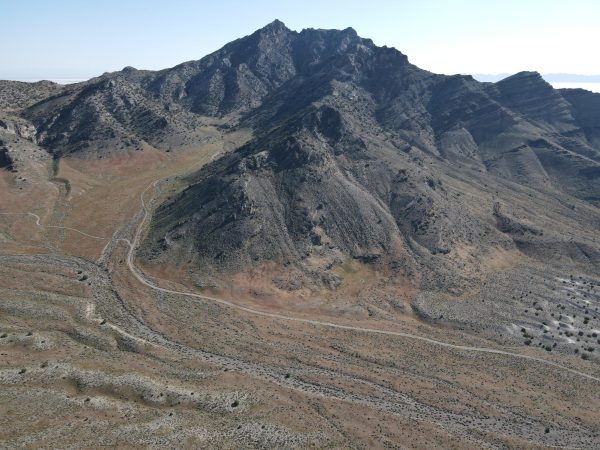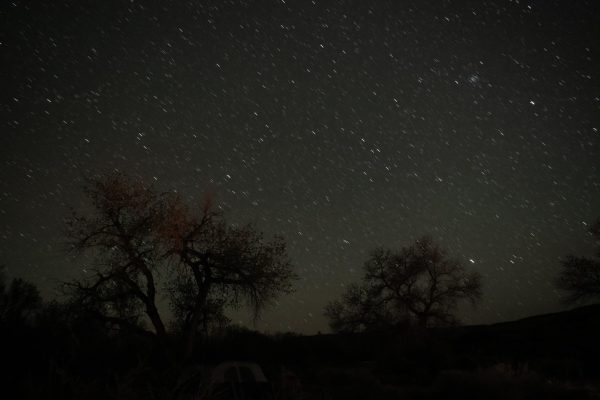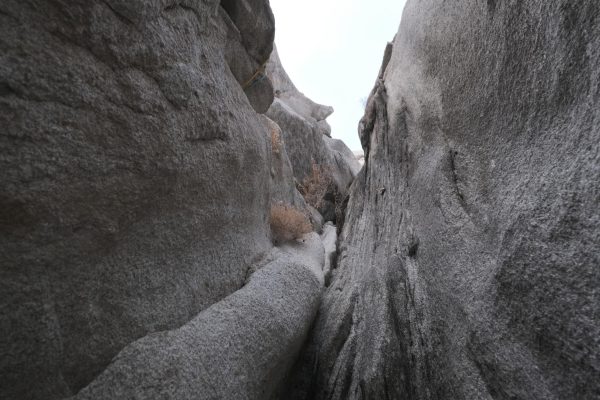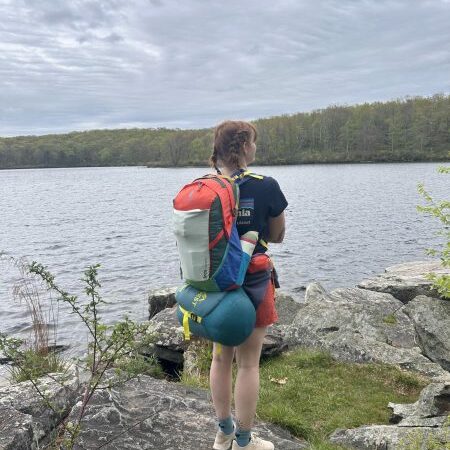On A North American Safari
Utah’s west desert, dry, dusty, and barren. Sporadic small mountain ranges separated by playa that make up the expanse of western Utah, Nevada and California, the basin and range province is not a place that is usually stopped at for recreational purposes. It’s often too hot to stick around during the summer, as temperatures can hang around 100 degrees. But if temperatures remain cool, there are places within the desert that are completely unique to Utah, and likely unique to the rest of the world. All easily within the reach of an adventure from Salt Lake City
There are few destinations of the conventional type here, highway off-ramps advertise no services, and the salt flats lie in an open expanse of nothing. The wide flat plane of nothingness is scattered with mountains that seemingly stick out of the salty lakebed, although the lakebed came after and buried them in, leaving only the toughest of the eroded and knurled rock behind. The history of the lake is faintly preserved; horizontal lines cut across the peaks as the one continuous feature in an otherwise haphazard arrangement of rocks.
The rocks are a violent mottled red and brown, as if they came from Venus. It adds to an atmosphere that this place is totally inhospitable. Almost as if their very nature urges you to avoid them. There is not a tree in sight, not a single leafy or green thing.
The caveman brain tells you that there is nothing of value here, there is no water, no food. Best to move on.
From a distance, the finer details of these peaks are obscured, the harsh light of the sun casts deep shadows, and the reflections off the exposed rock are stark. It is hard to imagine that anything could be living and thriving anywhere. Yet, if one is to approach these peaks, to get among them and into the valleys, one would see that there is life hidden here in spades.
 Valleys and side canyons in the mountains hide springs. From these springs and the shelter of the shaded areas, the mountains protect enough moisture to allow for desert plants to thrive, and turn the stark rock into a rolling scrub which hides the songs of birds and hum of insect activity. I saw pronghorn running from me, jackrabbits the size of a labrador, birds of prey circling overhead and while I slept in the open bed of my truck; talkative coyotes approaching my campsite and howling in the gulch not far away.
Valleys and side canyons in the mountains hide springs. From these springs and the shelter of the shaded areas, the mountains protect enough moisture to allow for desert plants to thrive, and turn the stark rock into a rolling scrub which hides the songs of birds and hum of insect activity. I saw pronghorn running from me, jackrabbits the size of a labrador, birds of prey circling overhead and while I slept in the open bed of my truck; talkative coyotes approaching my campsite and howling in the gulch not far away.
Below the salt flats lie open for miles, but this time, I was alone. The highway is not visible.
At night, there are bats. A lot of bats.
The night sky is clear, open and deep. If not for a full moon when I went, I would have been able to see stars in unrivaled detail. Even with moonlight, the milky way was visible.
Camping in the desert gives you two options. Hide in the shade until it is dark, or go in the off season when everything lies dormant. It is a trade off of nice temperatures and dead, or hot and teeming with life.
That will wake you up!
The good news is that this is BLM land. It is public; there are roads and there are trails everywhere. The bad news; the roads but it is remote and difficult to access with most vehicles. If you want to go out here, 4×4 is recommended, if not fully required to get over some of the trails.
But it is truly a safari into a land that feels like it is on another continent not seen before. It’s the Silver Island Mountain range of Utah, and it’s yours to explore.
The post On A North American Safari appeared first on Wasatch Magazine.





